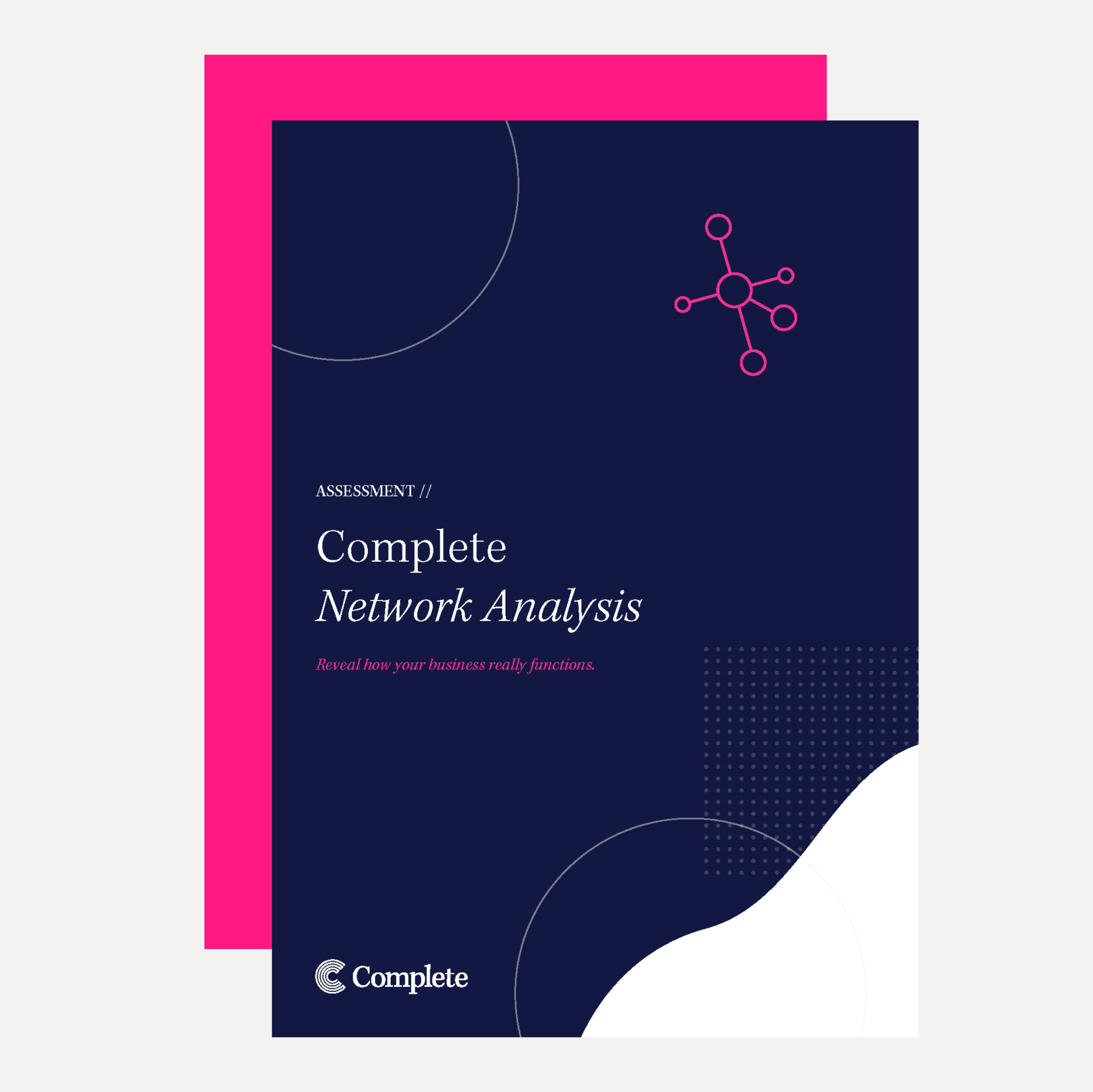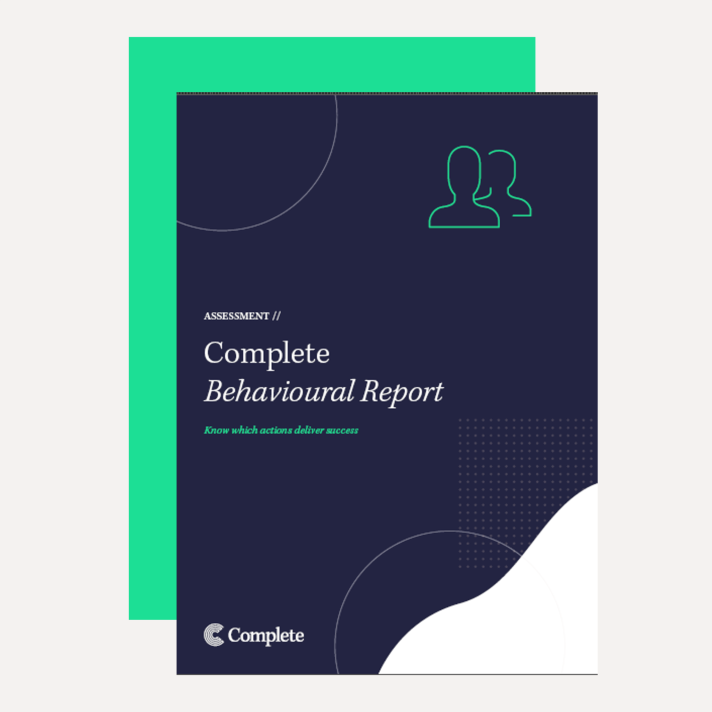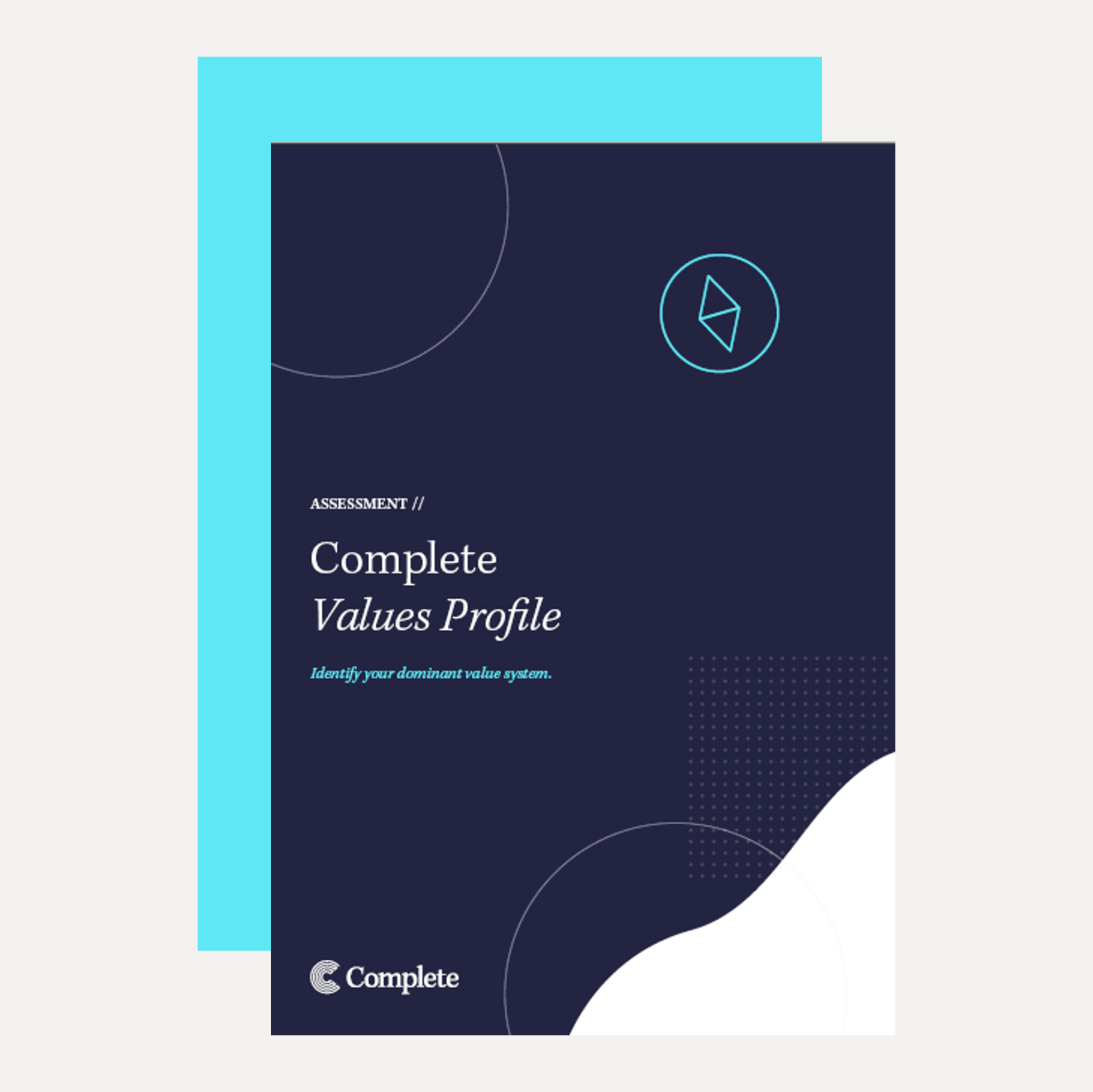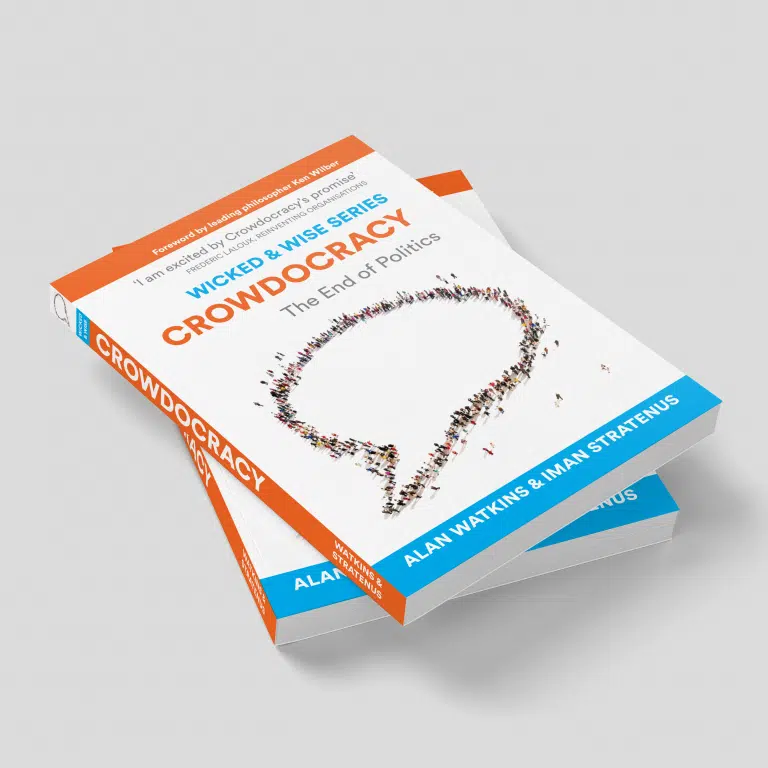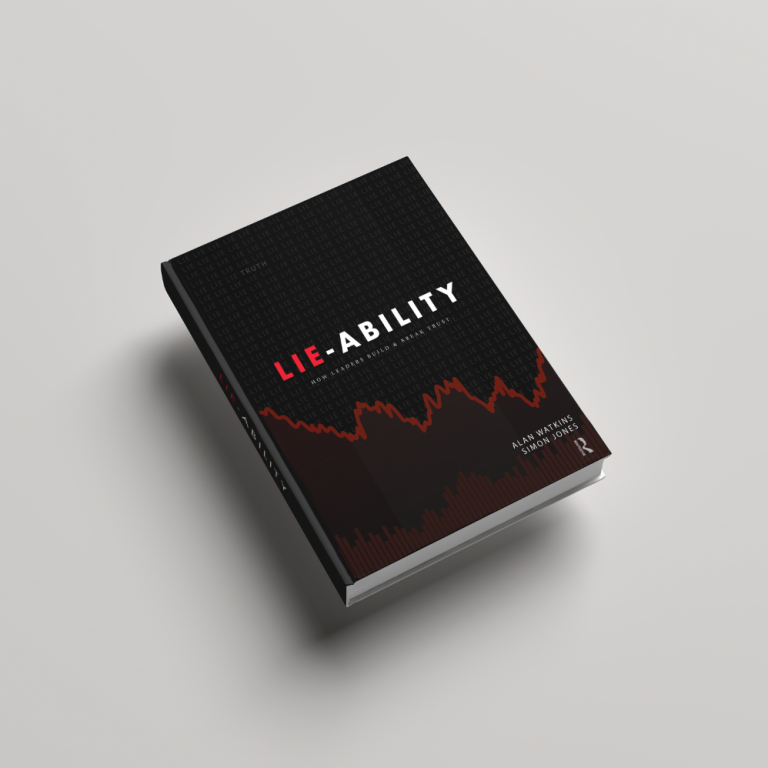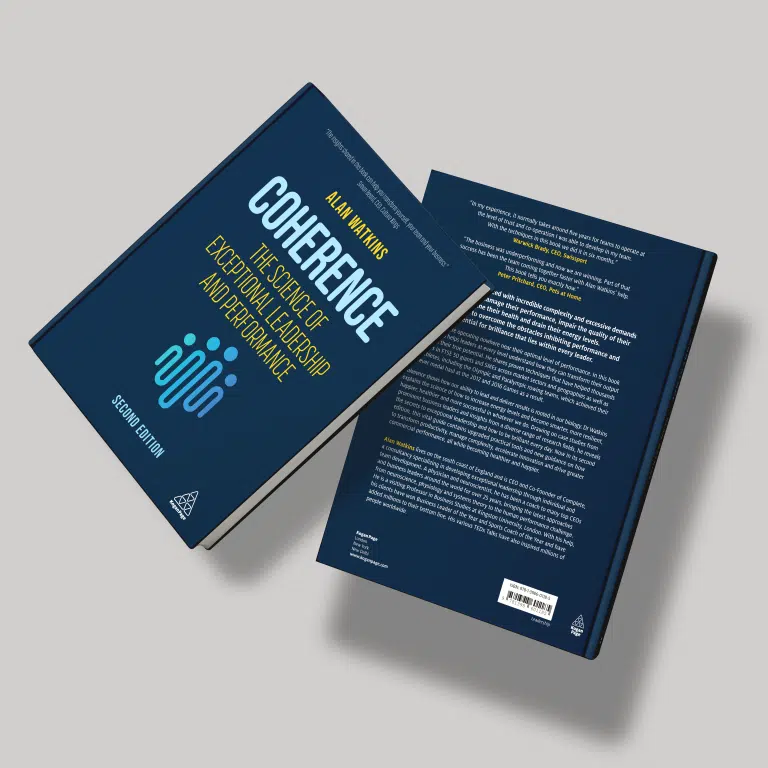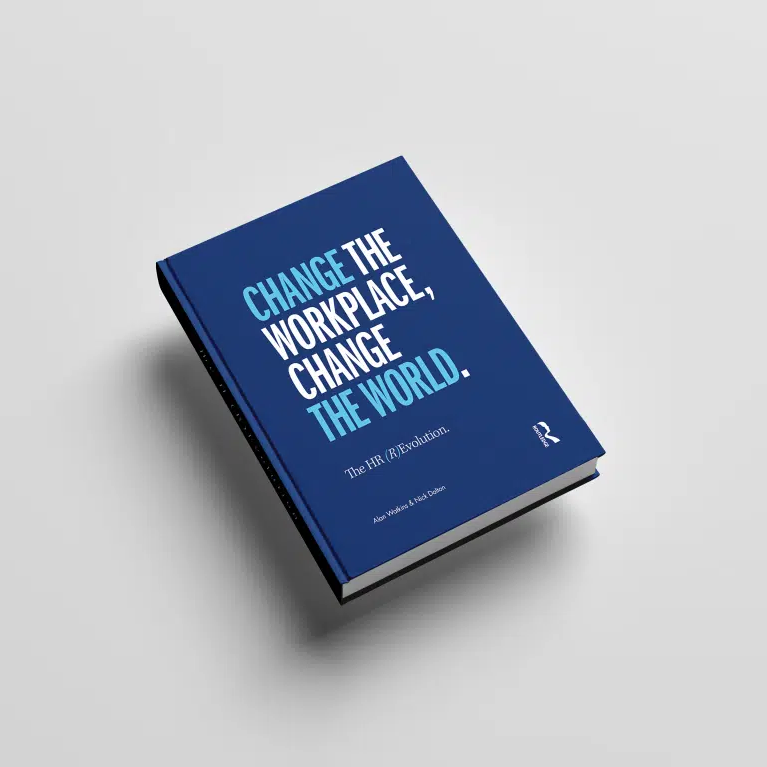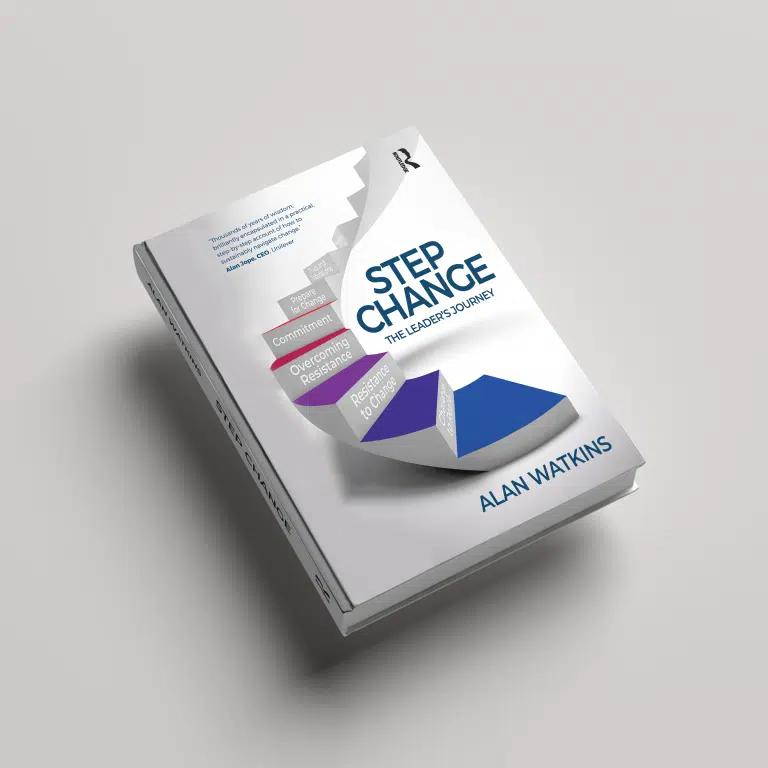Saturday was the UN World Day for Cultural Diversity for Dialogue and Development, it’s a useful reminder of just how important our unique interests and perspectives are.
However, our differences present challenges. I’m sure we’ve all worked with people who just don’t seem to think like us. How much easier the world would be if we all agreed. If we could all see the right path forward and it was the same path.
Diversity brings with it challenge, but it’s a welcome and a very necessary challenge. In the end diversity makes for better decisions, stronger ideas and a richer experience. However, to achieve those benefits we need to understand each other and the value of our differences. We believe the best way to do that is through our values.
Value diversity
What really matters is not how we look, how old we are, or our gender, it’s the diversity of thought that we offer. To understand that we need to look at each person individually – and the way to measure diversity of thought is to look at our values.
The Complete Values Spiral (Figure 1) explains the evolution of our values.

We all start at the bottom of the spiral (see diagram) as an infant. As babies, we need to be kept warm and fed, it’s about the basics of survival.
Once our basic needs are met, we may look to our family for protection and security (paternalism). We might even look to our boss and colleagues for that sense of belonging when we’re at work. There is safety in numbers, and we could survive better as a tribe, but our tribe often lacks real direction.
It’s this lack of direction that causes many to move into the Red (power) value set. That’s when our drive to make something happen kicks in. This value system typically appears for the first time in our teenage years, when we’re much more hedonistic and egocentric. We get ambitious about our lives.
Most human beings get to that red value set but many never get beyond it. But like every level the wheels can come off and the red value system can degrade into overly directive ego mania or excessive personal ambition.
If your motivational value system is working for you, there’s no reason to evolve. However, even people operating from the Red value system can start to wonder what it all means. This sets the stage for the emergence of the Blue (process) alue system.
Those with a Blue value system have a strong attention to detail, are diplomatic and demanding of loyalty. Building on a blue infrastructure, Orange (profit) focuses on doing what it takes to beat the competition, succeed, and deliver profits.
Green (people) value systems often emerge as an antidote to Orange excess. They are motivated by finding a more caring, inclusive way that benefits the many not just the few.
When we get to Yellow (paradox) value systems, we are in much more rarefied air. These are people drawn to complex problems, who are able see multiple perspectives and are excited by new ideas and innovation. And final, it’s even harder to find Turquoise (planet) value systems. These people are normally at the helm of social enterprises or networks. They are often situational in their leadership style. They can be strongly commercial or global missionaries and normally do not see their role as constrained by the organisations they run.
Connecting through values
What all this means is that we must understand values to appreciate diversity. If we don’t, we’re liable to jump to false conclusions about the person in front of us.
We must connect with people where they’re at. Some might be operating from values sets that we are yet to reach and that can be a shock.
All these value systems are legitimate. All have something to offer.
When you understand each other’s value sets, you can also reconcile differences. There are classic tensions between the value sets – Blue wants to follow process, Orange is happy to cut corners to get the right results. There’s a natural tension there between Blue and Orange. It’s not a personality clash, it’s just different value systems. When you understand the benefits of different value systems, people can work together more effectively. We can come together because of our diversity, not despite it.
Taking a values-based perspective means you’re less likely to make mistakes in your judgment of people. When we understand diversity, we can meet the person where they’re at and get the most out of them. That’s how we unlock the true power of a diverse workforce.
Complete has a Complete Values Profile assessment to provide insights into an individual’s value set. We also run certification programmes for independent coaches to use the Complete Values Profile in their own work.













